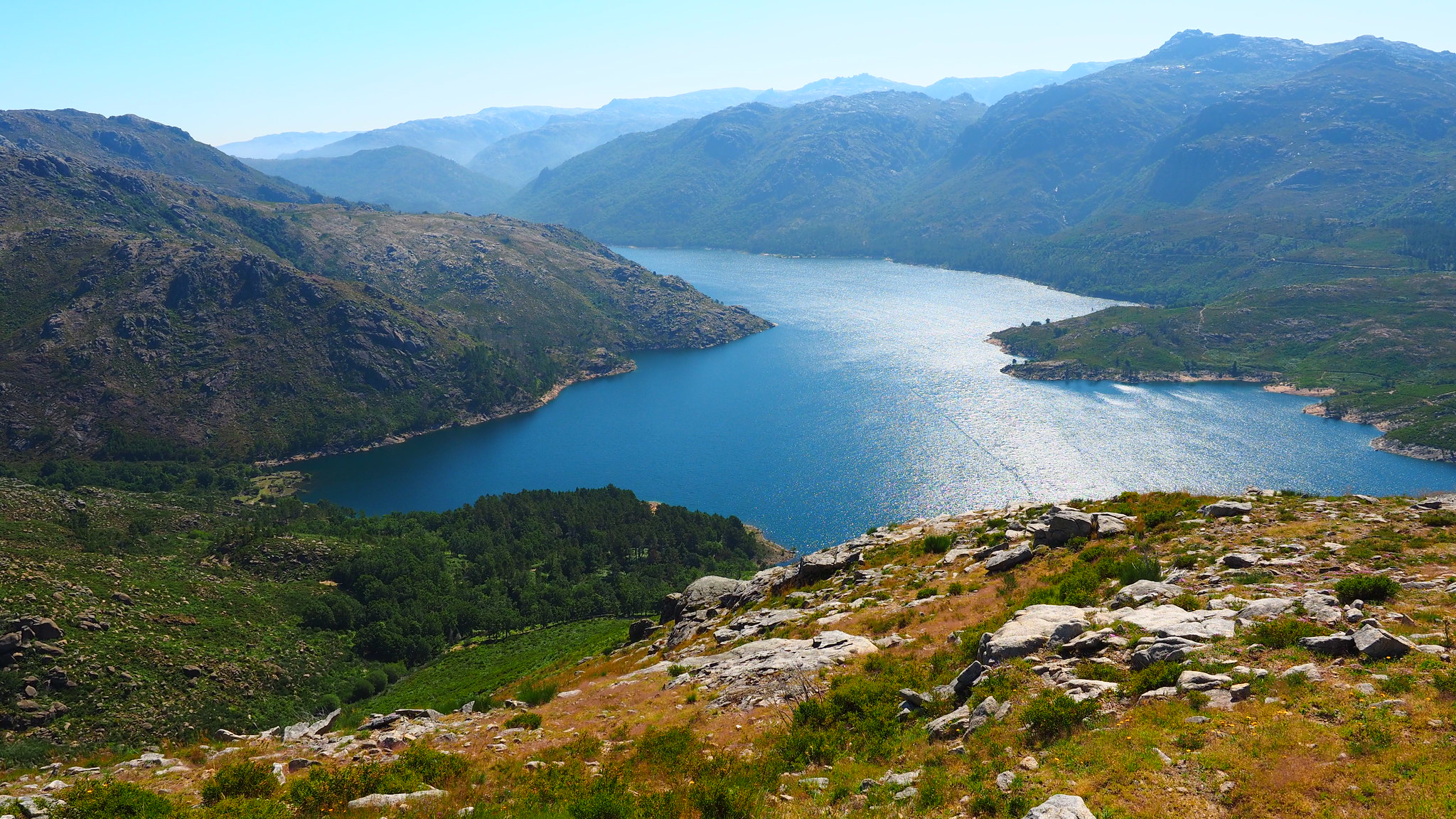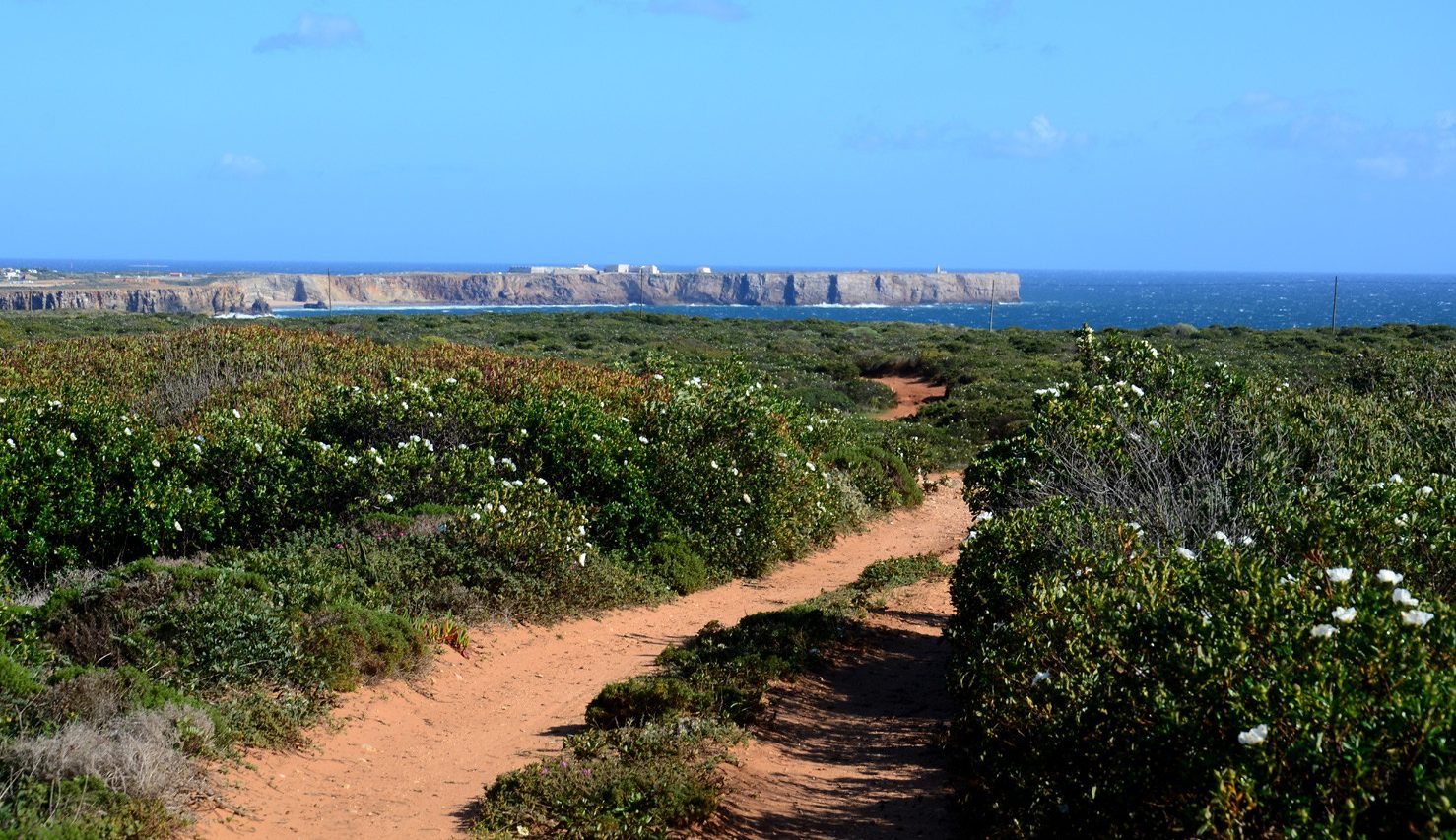Arinto: The Chameleon of Portuguese Whites

When drinking a Portuguese white wine, it’s difficult to encounter one that doesn’t express the lovely flavors of Arinto. Arinto’s big, compact bunches, made up of small or medium-sized yellowish berries are grown and cultivated in just about every wine region in Portugal, but happens to be the most readily available from the regions around the Lisbon area, including Estremadura, Tejo, Terras do Sado and Alentejo. In fact, just for Portuguese whites tasted on the social tasting note site, Adegga.com, Arinto is the number one white varietal with 164 wines currently listed, followed only by Moscatel at 137. However, Arinto is known by many alter-egos depending on who you speak with and where you’re located. In the North, it is commonly be referred to as Perdernã, but other names include Pé de Perdiz Branco (White Partridge Foot), Chapeludo, Cerceal (not to be confused with Cercial, a different white grape), Azal Espanhol, Azal Galego and Branco Espanhol. There is also another white grape named Arinto up North called Arinto do Interior (or Arinto do Douro in Dão and Arinto de Trás-os-Montes). And there is even an Arinto rosé called, Arinto Roxo (Purple Arinto).
Throughout Portugal, winemakers love using Arinto as a blending grape; but in the northern region of the Minho, Arinto shines as a monovarietal Vinho Verde, along with being blended with popular Vinho Verde grapes Alvarinho and Loureiro. The tiny sub-region of Bucelas in Estremadura, devoted exclusively to making white wines, has made Arinto its star monovarietal wine. Arinto’s common blending partners can vary depending on the region. In Terras do Sado, you can find it primarily with Moscatel and Fernão Pires, the latter also used in Estremadura. In Alentejo, Antão Vaz are Roupeiro are the favorites, with Verdelho and Perrum following behind. All three regions are also beginning to incorporate an international favorite, Chardonnay, into the mix as the popularity for fuller-bodied, age-worthy whites has grown tremendously in recent years. The Tejo, Algarve and northern regions are also taking notice and following suit. In the Douro, Dão, Beiras and Bairrada regions, Arinto tends to be less emphasized in blends, and blending partners are more numerous. You can usually find it with Cercial, Bical and Maria Gomes (Fernão Pires) in Bairrada and Maria Gomes also with Alicante Branco, Fonte Cal and Siria (Roupeiro) in Beiras. In Douro you can get anything from Cercial, Maria Gomes, Rabigato, Gouveio, Viosinho, Malvasia Fina or Moscatel.
As Arinto wines can range from light and citrusy to full-bodied and buttery, I wanted to sample a variety of blends and monovarietals. The easiest to find, in and around Lisbon, are those of Pegões (Cooperativa Agricola Santo Isidro de Pegões), located in Terras do Sado. I am very familiar with several of their Arinto blends including their basic Branco and their Fonte de Nico brand, Branco and Branco Light (lower alcohol level). These blends contain approximately 10- 20% Arinto, which I typically use as the base in my pasta sauce, reserving the other half to enjoy at dinner, but I wasn’t familiar with their higher-end wines. So I sought out their 2008 Adega de Pegões Branco Arinto/Antão Vaz, which won a silver medal at the Concurso Nacional de Vinhos Engarrafados 2009. And to be perfectly honest, I’m not surprised it attracted attention. It’s a pleasing, medium-full bodied white wine that shows nice citrus notes and gentle buttery smoothness from aging in French and American oak barrels. I likened it to one of the better New World Chardonnays.
The next day, I found a 2008 Reguengos Reserva Branco from Alentejo which was also 50/50 Arinto and Antão Vaz. Two wines made almost exactly the same way but the separate regional terroirs seemed to make the difference. Coming from schist soil, the Reguengos was much lighter, showing just a hint of barrel aging, leaving me to wonder if it was really a reserva. It was quite pleasant, but I still preferred the “meatier” Pegões instead, which went beautifully with my roast chicken and herbs, while the Reguengos would be better with fish or seafood. After those two, I went for a younger and fruitier blend, a 2009 Dona Ermelinda from Palmela DOC, made from Arinto, Fernão Pires and Chardonnay. It was a lovely wine with a more vibrant fruit profile ranging from tarter grapefruit and Meyer lemon to smoother mango and melon. And even though it was still young, it was quite creamy on the palate, so go for some pan-fried fish with tropical salsa for this one. Then, at last, I found two monovarietals, a 2009 Prova Régia from Bucelas and the 2006 Morgado dos Cunhas from VR Estremadura. Though the older Arinto blends were quite nice, the young and lively Prova Régia won my vote by far. It had a nice citrus kick at the beginning and washed down like a silky, expressive and bright, almost off-dry white with plenty of tropical fruit notes and delectable honeysuckle in the finish. The Morgado dos Cunhas, unfortunately, seemed to be past its prime, as the fruit flavors were muffled, overtaken by an off-putting minerality.
Whether it’s used in blends, or standing proud on its own, Arinto provides a nice balance of acidity and fruit, with both citrus and tropical aromas and flavors that central region winemakers love, while conveying freshness and vivacity that winemakers in Alentejo have come to crave after introducing it in the south in the last decade or so. Arinto is clearly a class act, capable of playing well with its grape brethren or taking the limelight as a Vinho Verde or Bucelas star. Arinto is by far the clever chameleon of Portuguese wine.






